“Music begins where the possibilities of language end”
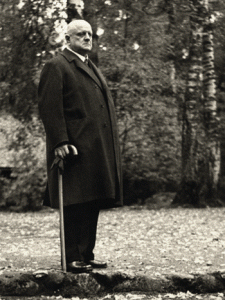 For a number of high-profile music historians, Jean Sibelius (1864-1957)—instead of Gustav Mahler—is considered the last master in the Beethoven symphonic tradition. In his final symphony, so it is argued, Sibelius relentlessly engaged in a process of transitional development, with form ultimately becoming an expression of this development. Unfolding in a single, continuous breath, structural and formal divisions completely disappear as the variation of materials drives the music from section to section. In essence, the composition evolves and develops as a living organism. In stark contrast, Theodor Adorno wrote in 1938, “if Sibelius is good, it invalidates the standards of musical quality that have persisted from Bach to Schoenberg.” And the theorist and conductor René Leibowitz described Sibelius in 1955 as “the worst composer in the world.” Fortunately, contemporary scholarship has not only managed to bridge this ideological gap, but also given us new methods for looking at Sibelius with fresh eyes.
For a number of high-profile music historians, Jean Sibelius (1864-1957)—instead of Gustav Mahler—is considered the last master in the Beethoven symphonic tradition. In his final symphony, so it is argued, Sibelius relentlessly engaged in a process of transitional development, with form ultimately becoming an expression of this development. Unfolding in a single, continuous breath, structural and formal divisions completely disappear as the variation of materials drives the music from section to section. In essence, the composition evolves and develops as a living organism. In stark contrast, Theodor Adorno wrote in 1938, “if Sibelius is good, it invalidates the standards of musical quality that have persisted from Bach to Schoenberg.” And the theorist and conductor René Leibowitz described Sibelius in 1955 as “the worst composer in the world.” Fortunately, contemporary scholarship has not only managed to bridge this ideological gap, but also given us new methods for looking at Sibelius with fresh eyes.
Although interested in music from an early age, Sibelius did not start formal piano lessons until the age of nine. He became rather skilled as a violinist, however, but his failure to establish himself as a world-class virtuoso was a big emotional blow. Although Sibelius had dabbled in composition throughout his youth, it was Ferruccio Busoni—hired as a piano teacher at the Helsinki Music Institute—who set him onto a career path as a composer. The string quartet in A-minor was first publically performed on 13 April 1889, and an enthusiastic critic wrote, “at a single stroke he has joined the vanguard of those who have been entrusted with the future of the art of music in Finland.” Sibelius received a generous grant to study in Berlin, and the various musical activities there made a huge impression on the young composer. As a student of Albert Becker, Sibelius was subjected to endless and laborious counterpoint exercises, yet his piano quintet secured him a scholarship for the next academic year. Instead of returning to Berlin, however, Sibelius departed for Vienna in 1890. He dreamt of becoming a student of Brahms or Bruckner, but in the end settled for Robert Fuchs and Karl Goldmark. His year in Vienna was seminal for his future development as a composer. For one, he turned his attention towards orchestral music, and he also began to study the musical and rhythmic implications of the Kalevala, a work of epic poetry from Karelian and Finnish oral folklore and mythology.
Kullervo, an enormous work in five movements for orchestra, male chorus, soprano and baritone soloists was completed in April 1892. The work was considered the most impressive Finnish composition to be written so far, and his marriage to Aino Jänefelt initiated a steady rise in the composer’s musical and private fortunes. Sibelius composed furiously, and even spent considerable efforts on a grand opera. But is was the emergence of his First Symphony and Finlandia—in response to censorship enforced by the Russian emperor Nicholas II—that paved the way for Sibelius’s international breakthrough. The works were presented in nineteen concerts in thirteen different cities, including Sweden and Germany, and the response was resoundingly enthusiastic. Empowered by this international acceptance, Sibelius quickly produced a second symphony and finished his Violin Concerto. However, success also encouraged a period of excessive wining and dining in Helsinki, with exorbitant amounts of money spent on champagne and lobster. His lifestyle had a disastrous effect on his health—eventually he had a tumor removed from his throat—and it drove his marriage to the point of collapse.
Jean Sibelius: Symphony No. 7, Op. 105
Sibelius did eventually recover his composure, and was in great demand as a conductor throughout Europe. In each of his seven symphonies, Sibelius approaches the basic problems of form, tonality and architecture in a unique and individual way. Balancing his Classicist roots with his Romantic inclinations, Sibelius remains one of only a handful of 20th century composers to have become a legend within his own lifetime. His last major work for orchestra was the tone poem Tapiola, and for over 30 years of his remaining life, Sibelius virtually stopped composing altogether. This period, known as the “Silence of Ainola,” was only interrupted by a couple of Masonic compositions and editorial work on his earlier music. Sibelius did apparently draft a Symphony No. 8, but soon understood that his 7th had already taken his musical language as far as it could possibly go, as it carried his lifelong quest for formal and motivic compression to its logical extreme. Sibelius did exert considerable influence on symphonic composers, including Vaughan Williams, Leevi Maetoja and Arnold Bax, and it is claimed that he was “the first great composer since Beethoven whose mind thinks naturally in terms of symphonic form.” His symphonies are routinely performed around the world, and his intensely virtuosic and brooding violin concerto is a rightful staple of the concerto repertoire.
You May Also Like
-
 Jean Sibelius: The Dances of Courtship When Janne Sibelius and Aino Järnefelt gazed at each other across a family dinner, love was definitely in the air.
Jean Sibelius: The Dances of Courtship When Janne Sibelius and Aino Järnefelt gazed at each other across a family dinner, love was definitely in the air. -
 Jean Sibelius: Finlandia Music can be an all-consuming passion that serves as a daily spiritual and physical exercise.
Jean Sibelius: Finlandia Music can be an all-consuming passion that serves as a daily spiritual and physical exercise. - A Nordic Fairytale
Jean Sibelius and Aino Järnefelt At age 23, Janne Sibelius “was pale and good-looking, slender and sensitive. He seemed to all a strange and attractive being.
More Composers
-
 Georges Bizet Honouring the Legacy of a Musical Genius
Georges Bizet Honouring the Legacy of a Musical Genius -
 Antonio Salieri Salieri at 200: Celebrating Five Operatic Gems
Antonio Salieri Salieri at 200: Celebrating Five Operatic Gems -
 George Frideric Handel Did you know Handel once fought a duel with fellow composer Johann Mattheson?
George Frideric Handel Did you know Handel once fought a duel with fellow composer Johann Mattheson? -
 Maurice Ravel Celebrating 150 years of a musical genius!
Maurice Ravel Celebrating 150 years of a musical genius!


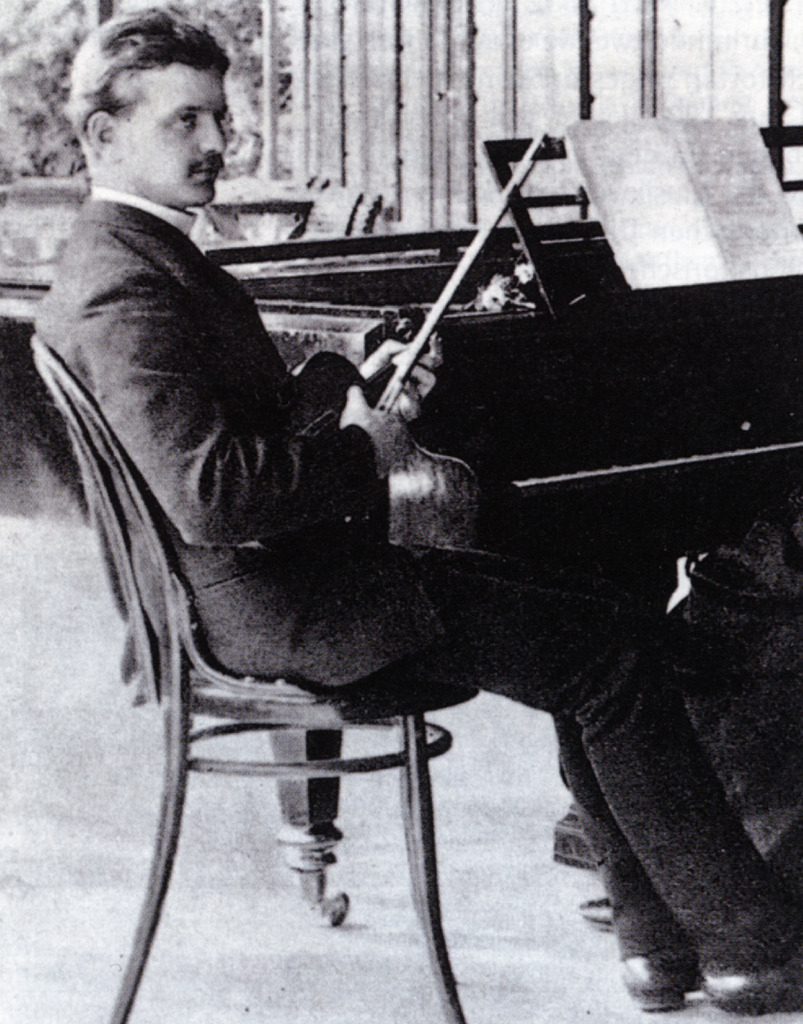
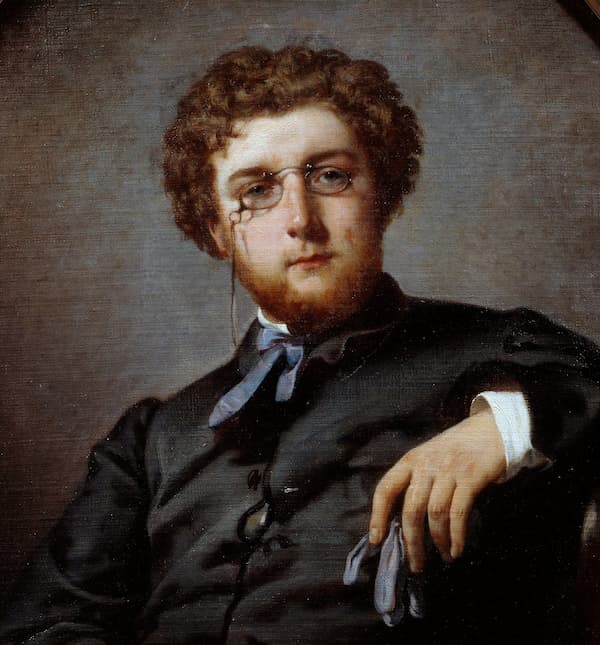
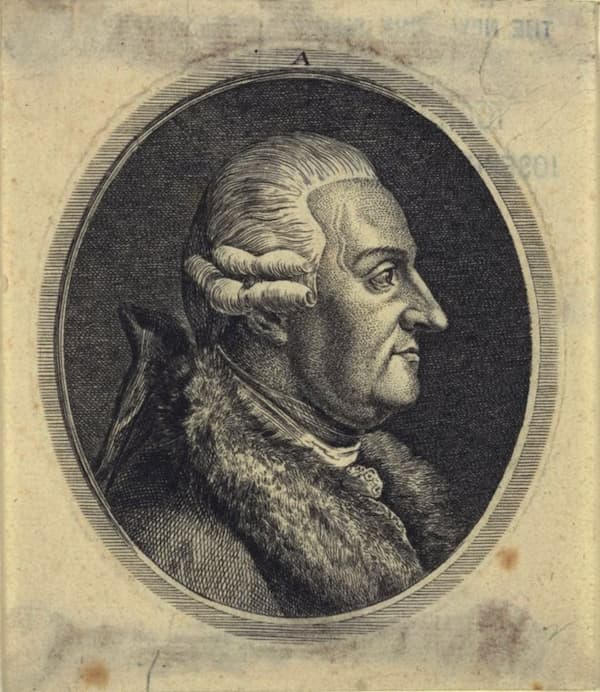
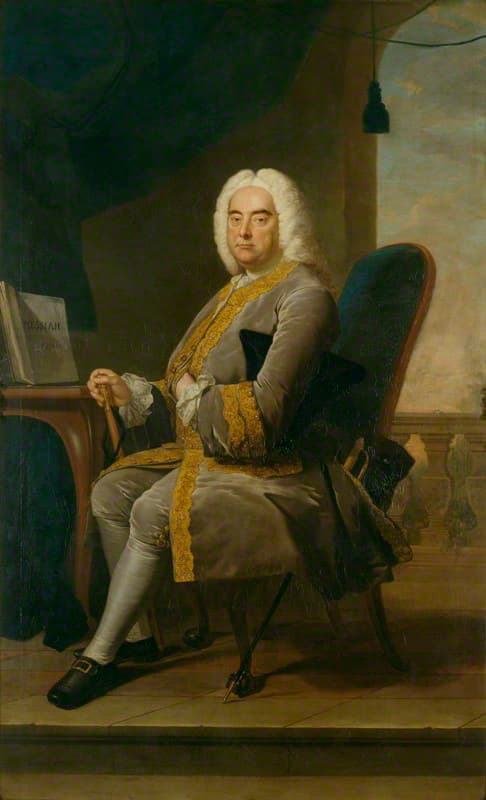
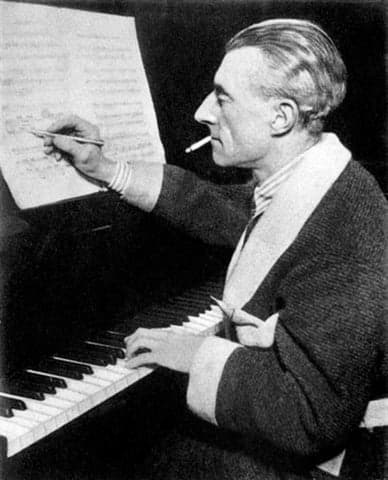
Just read the Sibelius articles. Very engaging! They add lots of context because of their honesty. The one of Aino was quite lovely (but I would have added her dates: 1871-1969).
When she died, she was about to celebrate her 98th.